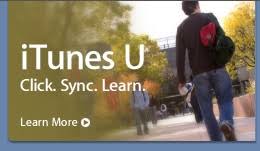
The website, intrepid teacher, is made by kaia's father. In his blog he writes about why his daughter wanted to do a photo essay, how she did it, and what was the overall experience. He writes about how he was caught off guard when a group of 8th graders from missouri tried to communicate with his three year old daughter in Quatar. They did this through twitter twitter. He contacted the class via to discuss kaia's story with the classes.
In the end of his blog he asks his readers questions about online experiences and children.
Is the risk of exposing ourselves and our children online worth the connections that will be made and the lessons that will be learned?
I believe, it is worth the risk to teach children how to connect with the rest of the world via this technology. In the coming years it is all that will be around. Start children early so it will be easier for them to grasp later.
What is the value in this experience?
The value in the experience is knowledge. It helps people understand how technology contributes to globalization.
 skype
skype Photo 1
Photo 1 Photo 2
Photo 2 Multitask Skill
Multitask Skill

 iPod
iPod iPods in the Classroom
iPods in the Classroom
 iWork
iWork Google Earth Logo
Google Earth Logo Google Earth Layers
Google Earth Layers

